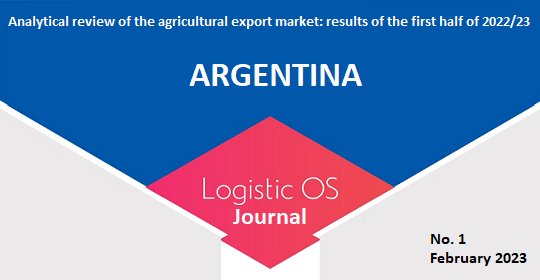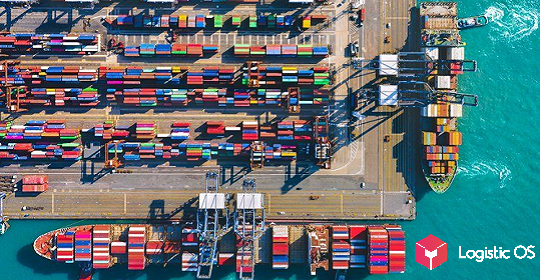Major shipping companies expect the situation to improve by 2023.
After the lockdowns were over, many predicted a “deferred demand” effect after the restrictions were lifted.
But few people counted on the container «collapse», the primary source of which was China, which restored exports faster than other countries after the first wave of the pandemic.
In the fall of 2020, the demand for goods began to rise sharply due to support measures for the population in the United States and Europe.
In October 2019, the global container traffic index was $ 1,200, in October 2020 it rose to $ 2,200, and has now crossed the $ 10 mark 000.

Compared to July 2020, the sea freight index Freightos Baltic (FBX) in July 2021 increased by 577%.
At the same time, the demand for container transportation, according to the report of the Maersk company, increased by only 2.7%.
The problem is not so much a shortage of containers as the capacity of terminals and the complication of work in ports in a pandemic.
Even before the crisis, American ports lagged behind Asian ports in productivity. During the pandemic, Asian ports worked 168 hours a week, while American ports only 112 hours.
In addition, in the port of Los Angeles, for example, 800 employees were simultaneously sent to sick leave — cargo handling became 2 times slower than in Asian ports.
The consequence is a long return of containers, which China began to lack for export shipments.
In June 2021, only 39.5% of ships arrived on schedule (in 2020 — 77.7%, in 2019 — 83.5%).
Further, the world of container shipping plunged into a chain of global problems: the blockage of the Suez Canal, restrictions in the port of Yantian from the end of May 2021, typhoons in China, floods in the Trans-Baikal Territory, floods in Europe, etc.
The relationship is simple: while in one place there is a fire, flood, congestion — in another place, due to the lack of containers and ships, they cannot take out the goods.
Today, 99.9% of container ships are used in the world. A huge number of ships around the world are queuing up in ports to dock: Long Beach, for example, has 52 ships. Delays are on average more than 2 weeks.
Charterers are forced to pay huge sums for the ship, and then wait until the line of the same 200 boats dissipates.
Almost all container ships are chartered under long-term contracts: it is simply impossible to find a ship at the moment.
Head of the company A. P. Moller- Maersk in Eastern Europe Zsolt Katona believes that the situation will start to improve in the second half of 2022.
By this time, according to the head of the company, the consequences of the pandemic should end, all the accumulated cargo from China will be steadily dispatched, and new container ships ordered in 2020 will be put into operation.

